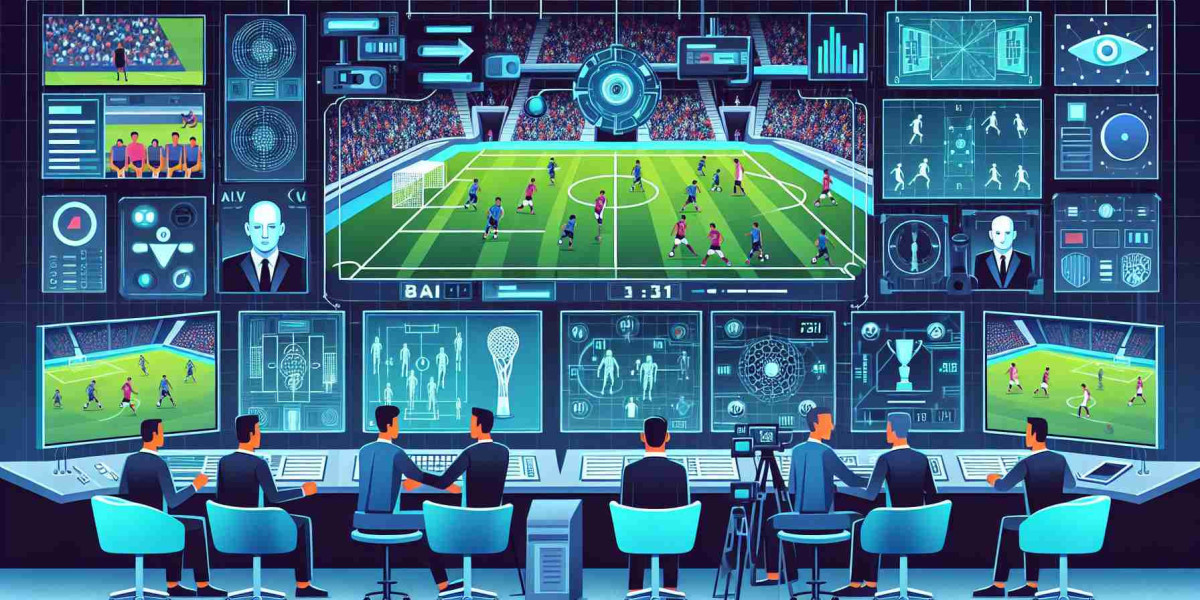In the multi-billion-dollar world of professional sports, the way fans experience the game has been completely transformed by the rapid evolution of Sports Broadcasting Technology. This field encompasses the vast and sophisticated array of hardware and software used to capture, produce, and deliver live sporting events to a global audience. It is a world of ultra-high-definition cameras, complex instant replay systems, augmented reality graphics, and advanced streaming platforms, all working in concert to create a more immersive, engaging, and informative viewing experience. The relentless pursuit of a more "in-stadium" feel for the at-home viewer is driving massive innovation and investment in this sector. The market for this critical technology is expected to grow to a valuation of USD 154.84 billion by 2035, expanding at a steady compound annual growth rate of 7.13% during the 2025-2035 forecast period.
At its core, sports broadcasting technology is about capturing the action with the highest possible fidelity and from every conceivable angle. A modern, top-tier sports broadcast uses dozens of specialized cameras. This includes high-speed "super slow-motion" cameras that can reveal the minute details of a play, robotic cameras placed in hard-to-reach locations like behind a backboard, "skycams" that fly over the field of play on a system of wires, and even tiny cameras embedded in goalposts or on players themselves. This multi-camera coverage is then fed into a massive production truck or broadcast center, where a director and a large crew select the best shots in real-time, creating the dynamic and fast-paced visual narrative that fans have come to expect from a professional sports broadcast.
Beyond the cameras, a host of other technologies are used to enhance the broadcast and provide deeper insights to the viewer. Instant replay systems are a cornerstone, allowing producers to immediately review and playback key moments from multiple angles. Augmented reality (AR) graphics are now ubiquitous, used to overlay virtual lines on the field (like the first-down line in American football), display player statistics, or create sophisticated on-screen visualizations. Player and ball tracking systems, using a combination of optical cameras and wearable sensors, provide a wealth of real-time data that can be used to generate advanced analytics, such as a player's running speed, the spin rate of a baseball, or a team's formation on a soccer pitch, adding a rich new layer of analysis to the viewing experience.
Ultimately, the goal of all this technology is to create a more compelling and engaging product for the fan. It aims to make the at-home viewing experience as good as, or in some ways, even better than, being at the live event. By providing unparalleled camera angles, instant analysis, and a wealth of statistical data, modern sports broadcasting immerses the viewer in the game in a way that was unimaginable just a few decades ago. As broadcasters compete for the attention of fans in a crowded media landscape, the drive to innovate and deploy the latest and greatest technology to create a superior viewing experience will continue to be a major force shaping the future of sports media.
Explore Our Latest Trending Reports:








